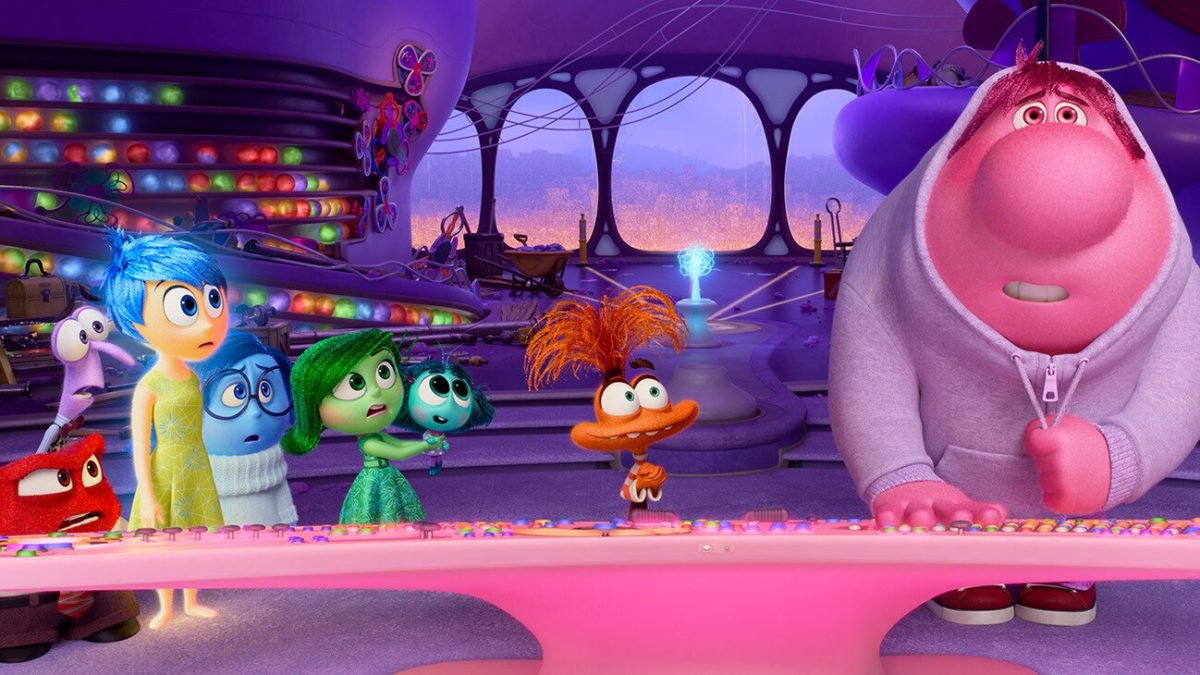Gentle taps against a window, scratches on a guitar, rustles of the patrons of a coffee shop, the slow movement of the sky. It’s hard to describe Yuichiro Fujimoto’s best record without mirroring the abstraction of the music itself. This music — folky, cassette-tape music — is fuzzy, impressionistic, and at times, not all the way there. Each song may have only one instrument playing away quietly while layers fall out of sync with each other or mix with the background static.
Despite its clear love for an accessible melody, it’s so structurally distant that playing it to someone evokes reactions of confusion — the classic “Is this even music?” response. Is this coming across too negative? To be clear, this is my favorite album of all time, and it’s not a particularly close race. Let me tell you why.
Kinoe is extremely small music — almost absurdly so. Between the strums of “Morning Dance” or fleeting notes in “Old Bird Tape,” it’s not uncommon to encounter entire seconds of pure silence. Though it’s not entirely silent, is it? “Morning Dance” expresses itself through the clinks of dishes and a faintly heard TV just as much as it does through the beautiful interplay between the guitar and melodica. The pauses between the rhythms of “Drawing of Stars” are as important to its subtle groove as the actual notes.
The fact that “Without a Mabataki” opens with two and a half full minutes of someone drawing on paper only barely accentuated by a humming guitar foundationally altered how I understand music as an art form. In fact, that’s not all the silence it uses. There’s so much negative space that you might find yourself listening to what’s around you too. Bleeding in through your headphones, you could hear a car passing by, people talking near you, or your air conditioner whirring behind you. You wouldn’t perceive these sounds otherwise, but because you’re listening to music, you’re not filtering anything out anymore. Because you’re listening to music, you start hearing them in a new light and start perceiving them as useful and desirable. This is what Kinoe does. It has a playfulness to it, wielding its own identity as music to show you the things you usually filter out and to ask you, “Isn’t this beautiful too? Can’t this be music?”
Of course, its meta-existence isn’t all that I love about this album. John Cage infamously put this concept into action with “4’33” back in 1952! I fixate on Kinoe because of how accessible it manages to be while still communicating these ideas and adhering to approachable melodies. It doesn’t take an artisanal eye to realize how incredible the guitar in “Old Bird Tape” is. If you have any degree of familiarity with ambient music, such as most video game soundtracks, many of the songs are approachable without too much effort. It’s just another way Kinoe communicates its ideas to you. Even in a sensory deprivation tank, these songs are fascinating, possessing a childlike, unrestrained silliness and joy about life itself.
Kinoe sees no reason to dramatize life to make it interesting or make the world more wonderful than it already is. Listening to this album isn’t like hearing a lecture from a professor about the history of experimental music. Instead, it’s like going on a walk with some kind of spirit — a creature who stops every five paces to talk to a grasshopper or observe the roots of a tree. Maybe it’ll take you longer to get to where you’re going, but if you spend enough time with it, it’ll start to rub off on you. You’ll start to see how it sees, and before you know it, everything will have become just a little bit more beautiful.






























